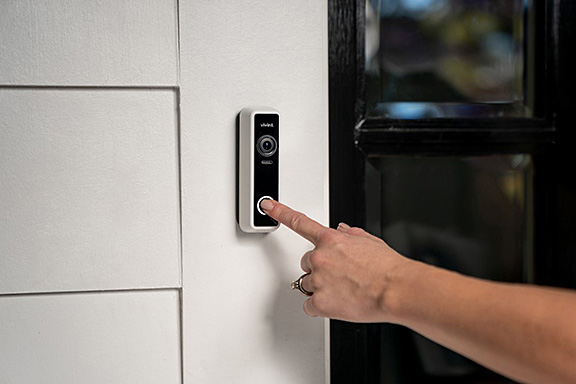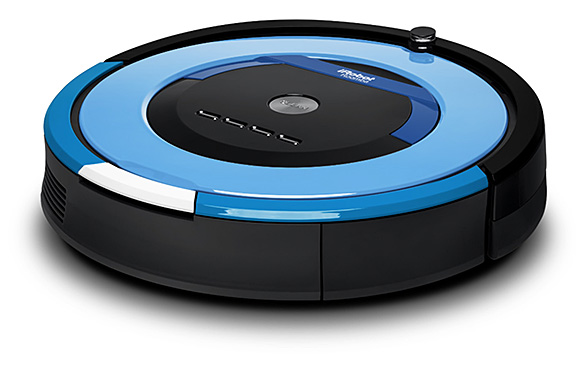Your Brain on Wireless
Some time ago, this column covered “what is 5G?” Essentially, it’s the 5th generation mobile network, designed to connect “everything,” including your phone and wireless network, plus machines, objects, and devices. This Christmas, while shopping for battery operated lights for the windows, I found that there were not only lights that could be operated wirelessly, but on a handy timer so that you could program them for on and off hours – eliminating all that pesky walking around from window to window turning them on and off! But clearly, we are addicted to our wireless devices, and the demand for them will only increase. When I wrote that column, 5G was definitely on its way, but not quite here yet. That threshold, while not without a few bumpy “take offs” along the way, has “taken off.” (All puns related to the airlines’ concern that 5G might interfere with their tracking altimeters and other digital equipment – but so far, so good. The actual event has thus far been a bit like Y2K in terms of concern vs. reality.)
Among the many things that can now be operated wirelessly: your “Nest” or front door camera, doorbell type device, as well as moisture, fire, and temperature sensors
(and resets); your washing machine (yeah, you can do the laundry from the office); your crockpot (start dinner from cocktail hour at the nearby pub); your Roomba (vacuum while on vacation) – you get the idea. The “IOT” or “Internet of Things” stretches just about as far as your imagination can conceive.
Does that mean that “Skynet” is really possible? First, for anyone who is not aware
of what Skynet is: Skynet is a fictional artificial neural network-based “group mind and AI system created for the Terminator movies. In those films, Skynet developed self-awareness, and became the super-antagonist when humans tried to deactivate it. But, dystopian scare tactics aside, yes, Skynet is possible. Things talking to things, even if only carrying out the instructions of programming, is things operating without the direct intervention of human control. It’s convenient, but a little scary.
I recently watched a few interviews, dating back as far as 2016, with Elon Musk, a fascinating and brilliant tech mogul, in which he acknowledged that we, human beings, are already “cyborgs.” When challenged to explain, he said, look at all the devices we spend most of our time with: our computers, smartphones, televisions, Bluetooth and wireless devices, and now our AR and immersive devices (Google Glass and Oculus, for example) that “layer” reality upon “reality,” or vice versa, allowing you to live in a game, or see things (IRL – in real life) that is added for your convenience or fun (a simple example of this is when you ask Google Maps to find you a restaurant, and it places “you” – at your current location, as in, yes, it knows where you are right at this minute – and then shows you all your restaurant options within a defined perimeter). 
The limitation of our Cyborgian nature, he explained, is the speed of “I/O,” or “Input/Output.” The output, he points out, vastly exceeds the input. That is, we can absorb a lot of information with our eyes and ears, certainly much more quickly that we can tap information into our phone or computer keyboard. Yes, now we can “talk” to our devices, but that is still imperfect and slower than the output. And of course, the device you are interacting with is capable of doing 100, 1000 things at the same time it’s answering your question, or giving you directions to the grocery store, tracking what you spend, reminding you to call your mom and uploading a scheduled post to social media. In other words, the limits of our cyborg state are our physical ones, not so much the digital ones. His notion is the faster we can move data into and out of our devices, the more powerful they, and we, will be.
In 2016, Musk announced the formation of a company called Neuralink, which would be devoted to the creation and implantation of “neural lace.” Neural lace would serve as an additional layer on the cortex of the brain, and acting as a brain-computer interface that could record brain signals and pass them along to external devices like a computer or an artificial limb.
It’s important to remember that while this sounds a little spooky, there already are devices that are implanted in the brain, much the way a pacemaker is implanted in the heart, in patients with diseases like Parkinson’s, which send regular brain stimulating pulses through patches of brain tissue to help control tremors, and similar technology is being tried in patients with epilepsy. Neuralink’s technology would be first aimed at treatment of brain malfunctions, and later at ramping the brain’s function up to come a little closer to that of the devices we interact with.
So, the day may come when you think, “Oh, I forgot to turn on the dishwasher.” And it goes on and feeds that information back to you.
So, take that, Skynet. You may not be needed, after all.










